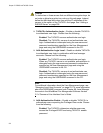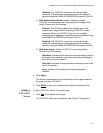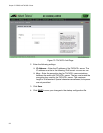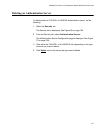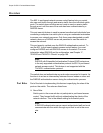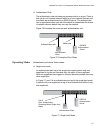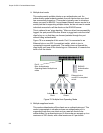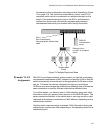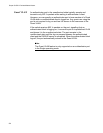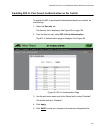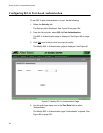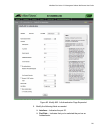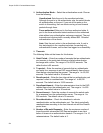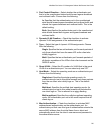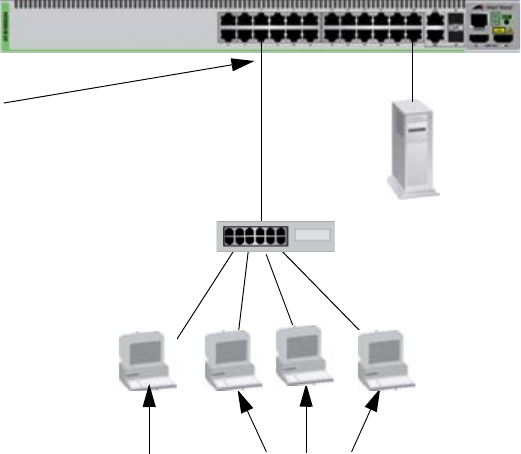
Chapter 18: 802.1x Port-based Network Access
218
Multiple host mode
This mode permits multiple clients on an authenticator port. An
authenticator mode forwards packets from all clients once one client
has successfully logged on. This mode is typically used in situations
where you want to add 802.1x port-based network access control to a
switch port that is supporting multiple clients, but do not want to create
individual accounts for all the clients on the RADIUS server.
This is referred to as “piggy-backing.” After one client has successfully
logged, the port permits the other clients to piggy-back onto the initial
client’s log on, so that they can forward packets through the port
without being authenticated.
Figure 78 is an example of this mode. Port 6 is connected to an
Ethernet hub or non-802.1x-compliant switch, which in turn is
connected to several supplicants. The switch does not forward the
client traffic until one of the clients logs on. Afterwards, it forwards the
traffic of all the clients.
Figure 78. Multiple Host Operating Mode
Multiple supplicant mode
This mode authenticates all the clients on an authenticator port. This
mode is appropriate in situations where an authenticator port is
supporting more than one client and you want all clients to be
authenticated. An authenticator port in this mode can support up to a
maximum of 320 clients, with a total maximum of 0 per switch.
RADIUS
Authentication
server
Port 6
Role: Authenticator
Operating Mode: Multiple host
mode
Ethernet hub or
non-802.1x-compliant
switch
Authenticated
Client
Unauthenticated
Clients



